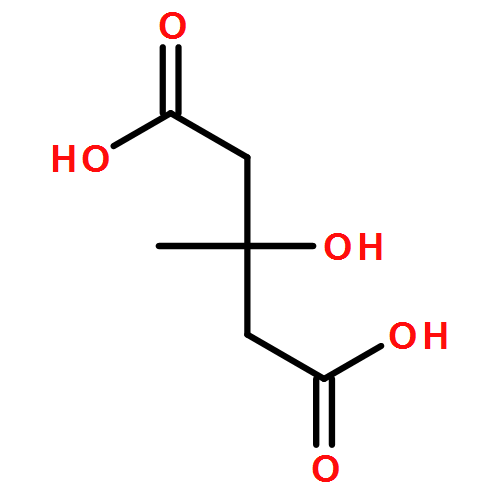Co-reporter: Shuhai Lin, Basem Kanawati, Liangfeng Liu, Michael Witting, Min Li, Jiandong Huang, Philippe Schmitt-Kopplin, Zongwei Cai
pp: 45-53
Publication Date(Web):15 January 2014
DOI: 10.1016/j.talanta.2013.09.019
•Ultrahigh resolution mass spectrometry was performed to profile the metabolites.•Metabolic alterations in cerebellum of mice were figured out.•The levels of amino acids and fatty acids were enhanced in Alzheimer's disease.•The reduced amino acids and fatty acids were observed in mice exposed to TCDD.•Tissue-specific metabolomics revealed that cerebellar metabolism could be disturbed.In the previous reports about cognitive dysfunction, cerebellum was thought to be a less affected tissue by genetic or environmental alterations in comparison to other tissues in the brain including hippocampus under the same conditions. In this work, we investigated two types of metabolomic alterations inside the cerebellum tissue. The first one addressed the differences in the metabolomics profiles between Transgenic (Tg) CRND8 of Alzheimer's disease mice and non-transgenic (non-Tg) littermates. The second one addressed the metabolic differences between wild type mice exposed to 2,3,7,8-tetrachlorodibenzo-p-dioxin (TCDD) and wild type mice which are not exposed to this toxic compound. For these two investigations, ultrahigh resolution Fourier transform ion cyclotron resonance mass spectrometry (FT-ICR/MS) was implemented. As a result, the significant changes of each comparison were tentatively annotated by the high mass accuracy generated from the measurements in the negative ion mode. The biosynthesis of amino acids was also enhanced pronouncedly, and perturbation of purine metabolism was also observed in Tg mice compared to non-Tg littermates. In another animal model, the reduced levels of amino acids were found whereas the intermediate levels in purine metabolism and fatty acids including fatty acid conjugated metabolites were elevated in cerebellar tissues of mice exposed to TCDD compared to control group. Collectively, it was demonstrated that FT-ICR/MS was a powerful tool for interpretation of the elemental compositions of the peaks, revealing that the metabolic perturbations in cerebellar tissues of mice were induced by either genetic manipulation or environmental factor. Therefore, the non-targeted approach, alternatively, provides various metabolic phenotypes for the systems-level mirror of the complex etiology of neurotoxicity in the cerebellum.
